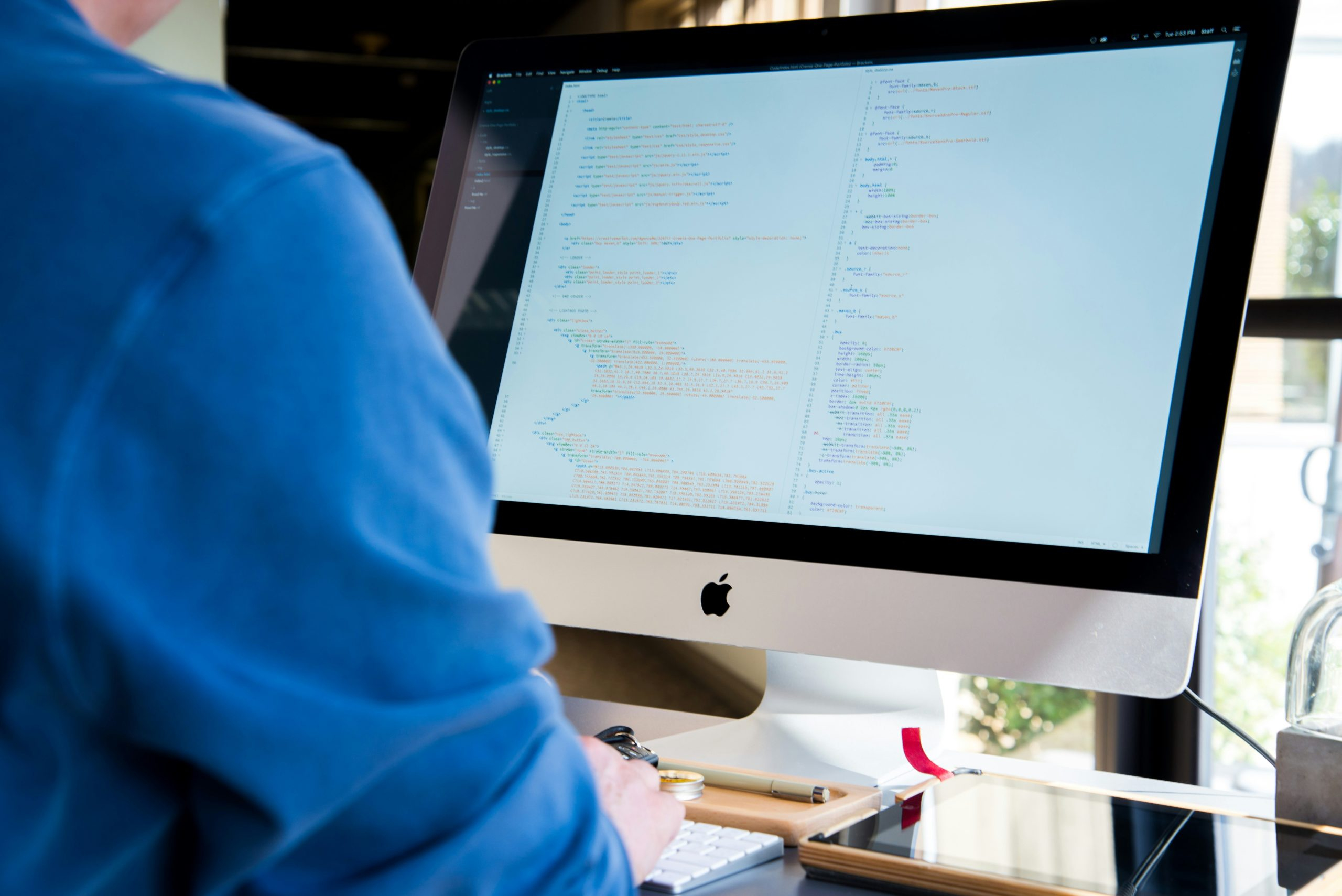How Technology Is Reshaping Human Rights Advocacy
The digital age has brought about revolutionary changes in every aspect of our lives. From communication and education to business and entertainment, technology has transformed the way we interact and navigate the world. However, it has also impacted one crucial aspect of society – human rights advocacy. With the rise of social media, big data, and artificial intelligence, human rights defenders are exploring new and innovative ways to advocate for individuals and communities facing violations and injustices. In this article, we will explore how technology is reshaping human rights advocacy and the potential implications for the future.
Social Media: A Powerful Tool for Awareness
Social media platforms such as Facebook, Twitter, and Instagram have become essential tools for human rights advocacy. With billions of active users worldwide, these platforms provide a powerful platform for advocates to raise awareness, share information, and mobilize support for their cause. By leveraging social media, human rights defenders can reach a wider audience, particularly among younger generations who are more connected and tech-savvy.
For instance, hashtags have become a powerful tool for social media activism, with movements like #BlackLivesMatter and #MeToo gaining widespread attention and support. Through these hashtags, individuals can share their personal experiences and connect with others who have faced similar human rights violations. Social media also allows for real-time updates, enabling advocates to quickly spread information and garner support for urgent issues, such as natural disasters or protests.
Big Data: Uncovering Patterns of Human Rights Violations
In the digital era, data has become an invaluable asset, and human rights advocacy is no exception. Big data analysis enables organizations to identify patterns and trends in human rights violations, providing evidence to support their advocacy and demand accountability from governments or other perpetrators. By analyzing large datasets such as satellite imagery, social media posts, and government records, human rights defenders can identify patterns that may go unnoticed otherwise.
For example, satellite imagery can reveal changes in land use or destruction of infrastructure, providing evidence of forced displacement or destruction caused by conflicts. Social media data can provide insight into public perceptions and sentiment towards certain human rights issues, helping advocates better target their advocacy efforts. This use of big data has also brought about new collaborations, with human rights organizations partnering with tech companies and data scientists to leverage their expertise.
Artificial Intelligence: Advancing Early Warning Systems
Advancements in artificial intelligence (AI) technologies have also contributed to reshaping human rights advocacy, specifically in the area of early warning systems. By using algorithms and machine learning, AI can analyze vast amounts of information and predict potential human rights abuses. Early warning systems can help prevent or mitigate violence, discrimination, or other human rights violations by alerting advocates and authorities to potential hotspots or conflicts.
For instance, the Sentinel Project, a Canadian nonprofit, has developed an AI-based early warning system to anticipate and prevent mass atrocities and human rights violations. The system collects and analyzes data from various sources and alerts local communities and authorities of potential threats, enabling them to take necessary actions before it’s too late.
The Dark Side of Technology and Human Rights Advocacy
While technology has undoubtedly brought about significant changes in human rights advocacy, it also has its dark side. One of the most significant concerns is the risk of increased surveillance and violations of privacy. Governments and other authorities can use technology, such as facial recognition or social media monitoring, to target and suppress human rights defenders and activists.
Moreover, the spread of false information and propaganda through social media can also have detrimental effects on human rights advocacy. Misinformation and manipulation can undermine the credibility and effectiveness of advocates and their causes. Additionally, the digital divide – the gap between those who have access to technology and those who don’t – can limit the reach and impact of human rights advocacy efforts.
The Future of Human Rights Advocacy in the Digital Age
Despite the challenges and risks, technology has undeniably transformed the landscape of human rights advocacy. The potential for innovation and collaboration between human rights defenders and technology experts is vast, and the future of advocacy looks promising.
As we continue to move towards a more digital world, it is essential to ensure that technology remains a tool for good and not a weapon for oppression. Governments and tech companies must be held accountable for their use and development of technology, and awareness of digital rights and privacy must be promoted. By harnessing the power of technology while addressing its challenges, human rights advocates can continue to shape a better future for all.
Conclusion
In conclusion, technology is reshaping human rights advocacy in various ways, from raising awareness and collecting evidence to preventing violence and promoting collaboration. While it has its dark side and challenges, its potential for advancing human rights is undeniable. As technology continues to evolve, so too must our efforts to harness its power for good and ensure that human rights are protected in the digital age.











